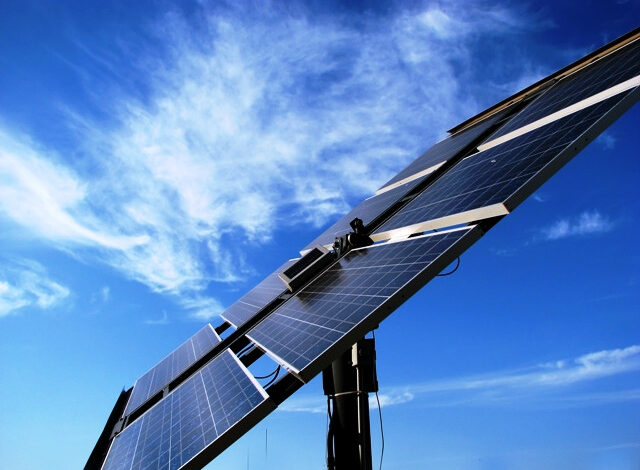The government decided to enhance regulations on solar net metering.

The government has resolved to impose stricter rules on solar net metering customers in a second endeavor, following the initial proposal’s significant opposition and subsequent obstruction by Prime Minister Shehbaz Sharif.
The administration will eliminate the zero-bill provision for solar net metering through the implementation of many measures. Furthermore, users will be permitted a regulated load of 1.0x, reduced from the existing load of 1.5x. This necessitates their transition to hybrid solar systems utilizing lithium batteries.
Under the current net metering system, the consumers share electricity with power distribution companies (DISCOs) at a buyback rate of Rs27 per unit. However, as part of the new plan, the government is seeking to end this electricity sharing system and DISCOs will pay only Rs10 per unit to the rooftop solar owners who have a net metering system.
Experts anticipate this would result in an annual expenditure increase of $1 billion for the importation of lithium batteries.
The plan was deliberated in a meeting including many stakeholders and officials from the power ministry. The minister of the Power Division presided over the meeting.
The Power Division has suggested various approaches that will undermine the essence of net metering. The suggested plan abolishes net metering and introduces a new notion of net billing with an adjusted buyback rate.
This indicates that there would be no exchange of electrical units; instead, DISCOs will compensate consumers at a diminished buyback rate of Rs10 per unit, down from the current Rs27 per unit.
Currently, DISCOs provide a quarterly credit billing facility, which is being discontinued. A financial facility will be provided for the surplus electricity exported to the national grid by solar meter owners, with the time frame now set to a monthly basis.
No alterations have been suggested regarding consumer categories, as commercial, domestic, and all other consumers will qualify for the advantages of the new policy. The duration of the licence has been shortened from seven years to five years. Meanwhile, Federal Minister for Energy Awais Ahmad Khan Leghari, in a statement, said that the government was not abolishing the net metering policy, but was considering changing its current mechanism to a more effective, transparent and sustainable model.
He recalled that in 2017-18 he himself played a key role in introducing net metering and at that time the system was in its infancy. “Now, the scope of net metering has expanded and it is having a serious impact on the grid, which must be addressed in a timely manner.”
He stressed that the government did not intend to harm any consumer or business, but all decisions were being taken while keeping in mind the national interest and long-term sustainability of the energy system.
“If we mention the purchase of units, then this is also being considered and there is talk of bringing it to the energy purchase price, so that the system automatically adjusts with fluctuations in rates. All these suggestions are under consideration,” the minister said.
He pointed out that if the payback period for net metering customers was about three years or less, it would be suitable for any investment. “If a customer is consuming 40% of the electricity himself, the return of money in three years is an acceptable business model. These reforms are not a deterrent, but a step towards a better, balanced and sustainable system,” he added.
During the meeting, the energy minister presented a comprehensive outline of the ongoing energy reforms. In this regard, the government has eliminated 9,000 megawatts of expensive and unnecessary projects, which were a burden on the system.
He said that a levy was imposed on the captive power consumers to bring them back to the grid, which resulted in an increase in electricity demand. Since June 2024, the cross-subsidy given to the industry has reached Rs174 billion, which has reduced industrial tariffs by 31% and caused a significant rise in industrial consumption.